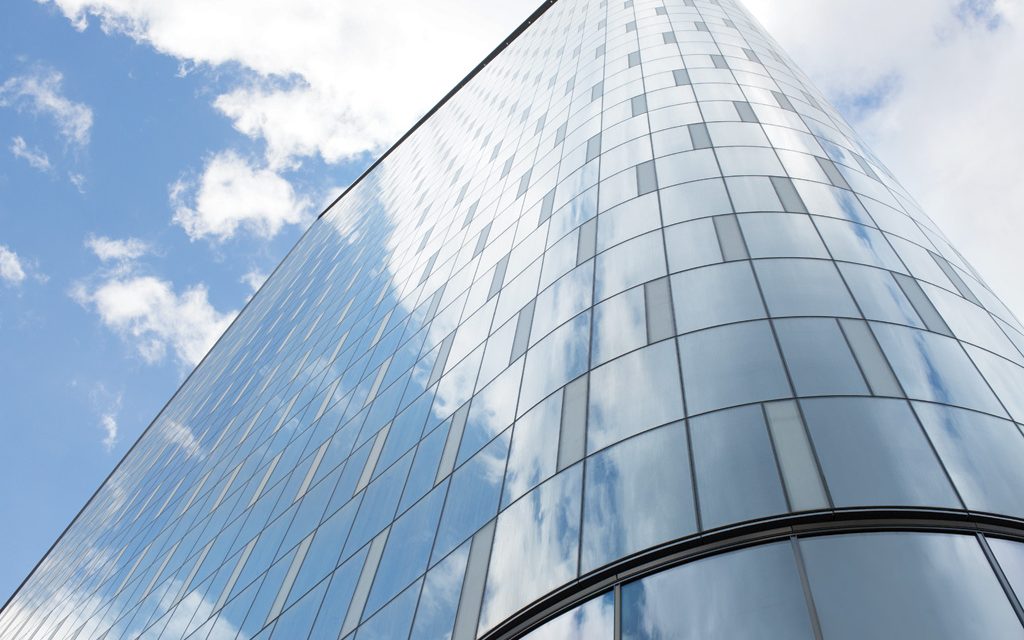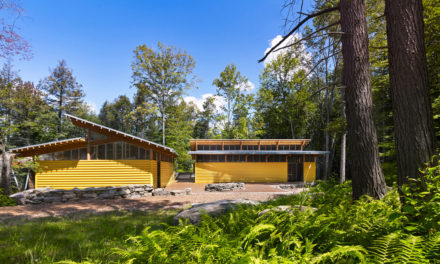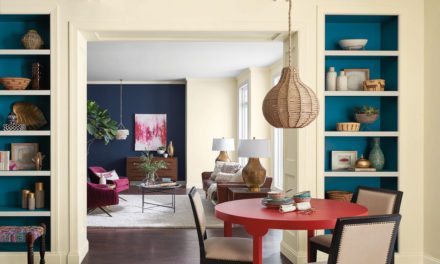Vitro Architectural Glass and PNC Financial Services Group have played integral roles in the development of sustainable architecture. PNC has more newly constructed LEED® (Leadership in Energy and Environmental Design)-certified green buildings than any company in the world, while Vitro Glass products have figured prominently in many of PNC’s signature architectural projects, including its boldest yet: The Tower at PNC Plaza.
Opened in 2015 and planned to be one of the greenest office buildings ever built, the 33-story high-rise appears on the surface to be a conventional glass-and-steel skyscraper, yet the sleekly polished exterior hides a second glass façade that architectural firm Gensler designed, along with a rooftop solar chimney, to create a “breathing” building that uses fresh air and solar energy to naturally cool, heat and self-ventilate for much of the year.
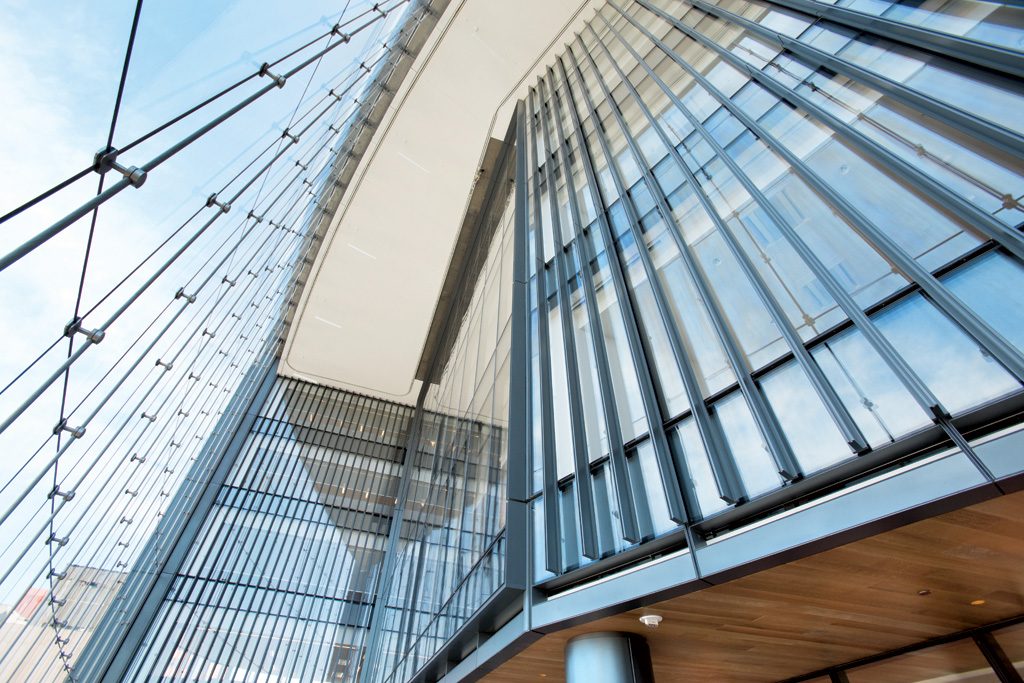
Photography courtesy of Tom Cwenar
Curtain Wall Glass
The double-skin façade for The Tower at PNC Plaza is constructed almost entirely with Sungate® 400 passive low-e on Starphire® glass. Sungate 400 glass was selected for its ability to trap solar heat in the winter and deflect it in the summer. Starphire Ultra-Clear® glass was chosen for its exceptional transparency.
Reducing energy use, maximizing natural light and optimizing occupant comfort were among the primary goals for The Tower at PNC Plaza, which earned LEED Platinum certification, the highest designation available from the U.S. Green Building Council (USGBC).
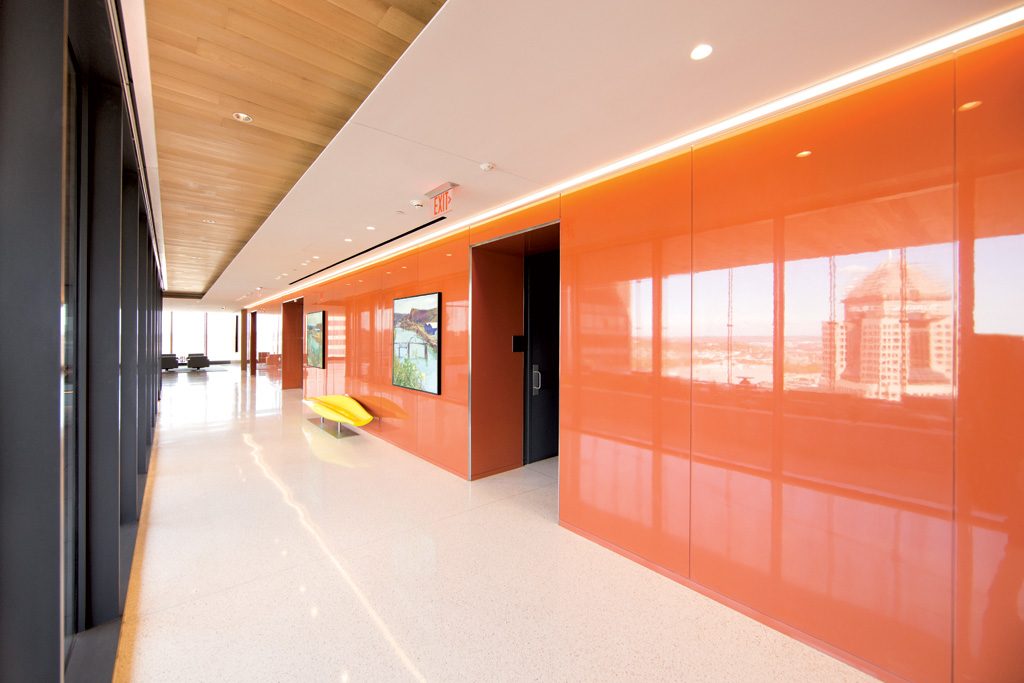
Photography courtesy of Tom Cwenar
To accelerate achievement of these objectives, PNC and Gensler worked with the Permasteelisa Group to construct a 1,200-square-foot mock-up of the 800,000-square-foot structure using insulating glass units (IGUs) fabricated by J.E. Berkowitz.
The exterior IGUs incorporated two lites of 5/16-inch Starphire Ultra-Clear glass with a laminated interlayer, while inner units were constructed of 1/4-inch Starphire Ultra-Clear glass and 1/4-inch Sungate 400 passive low-e on Starphire glass. Argon-gas-filled air spaces sealed with warm-edge spacers provided additional insulation, as did the thermally broken aluminum framing, which connected the IGUs to wooden mullions.
During testing and verification, the mock-up and sample IGUs exceeded design and performance expectations and the curtain wall design was subsequently specified for the entire building.
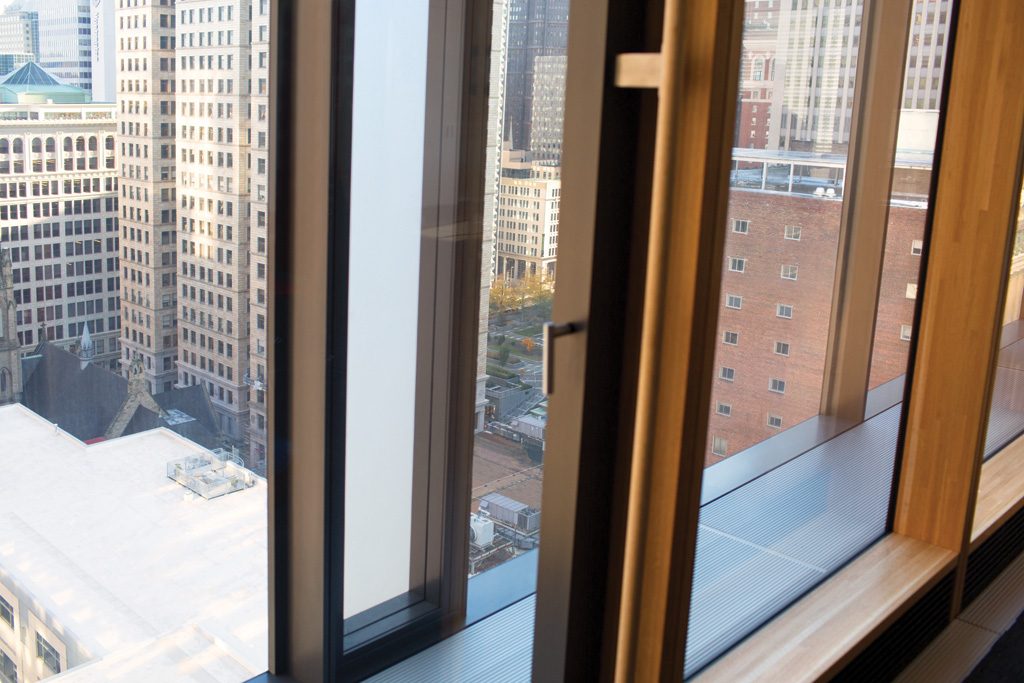
Photography courtesy of Tom Cwenar
The Double-Skin Facade
The Tower at PNC Plaza ventilates using a window system in which the interior and exterior curtain walls are separated by an air cavity that provides insulation and helps control the building’s interior temperature.
During spring, summer and fall, warm fresh air enters the cavity through small, vertical windows on the exterior façade (which open and close automatically, depending on weather conditions); then passes through vents on the interior façade, rises and escapes through the solar chimney. In the winter, the operation is reversed. The solar chimney seals the air cavity, allowing fresh air to be trapped and warmed by the sun so that it can be circulated to help heat the building.
The thickness of the two-layer facade provides supplemental insulation throughout the year, and on warm, sunny days, automated blinds deflect heat to further reduce heat load and glare.
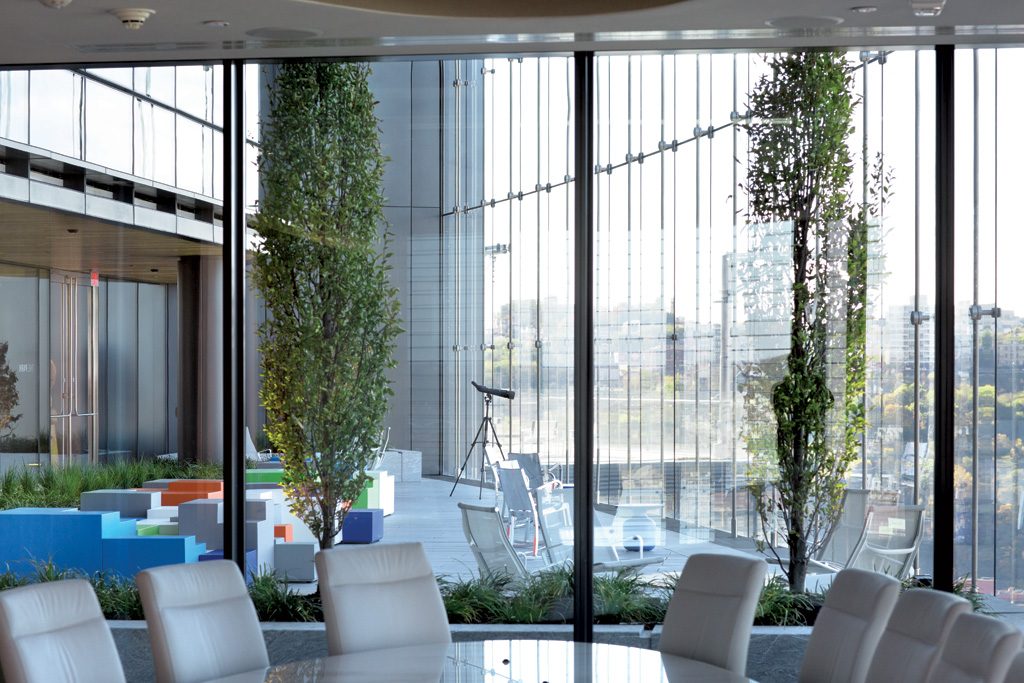
Photography courtesy of Tom Cwenar
The Solar Chimney
The solar chimney consists of two vertical shafts located at the core of the tower, topped by a thick slab of concrete that is painted black and covered with glass. The black paint absorbs heat and warms the concrete, which creates a stack effect at the top of the chimney.
When the building automation system senses that conditions are optimized for natural ventilation, it opens the operable windows and vents on the interior and exterior facades so that air can enter the building, warm naturally, then rise and escape through the solar chimney. In natural ventilation mode, which is expected to occur up to 42 percent of the year, the building can operate without fan power or electricity.
The net effect of the ventilation scheme is to continually introduce fresh air into the building while reducing temperature-related energy consumption by up to 50 percent compared to similar-sized buildings.

Photography courtesy of Tom Cwenar
Vitro Glass Products
Sungate® 400 Glass
A passive low-e glass engineered to improve insulating values (U-values) in heating-dominated climates, Sungate 400 glass is typically specified for buildings that strive to maximize year-round energy savings by harvesting solar heat energy in the winter (versus blocking it in the summer). In a standard 1-inch IGU with clear glass, Sungate 400 glass has a winter nighttime U-value of 0.32, visible light transmittance (VLT) of 76 percent and a solar heat gain coefficient (SHGC) of 0.60.
With its clear glass appearance, Sungate 400 glass is an excellent choice for architects seeking to achieve a highly transparent aesthetic. It also can be combined with Starphire glass or performance-tinted glasses by Vitro Glass for enhanced performance and an expanded color palette.
Starphire Ultra-Clear® Glass
Starphire low-iron glass is the clearest, most transparent commercially available architectural glass. In a standard 1-inch IGU with clear glass, Starphire glass has VLT of 84 percent and can be combined with Solarban® solar control and Sungate passive low-e glasses to balance daylighting and solar control.
Beyond LEED® Platinum: The Greenest Office Tower in the World
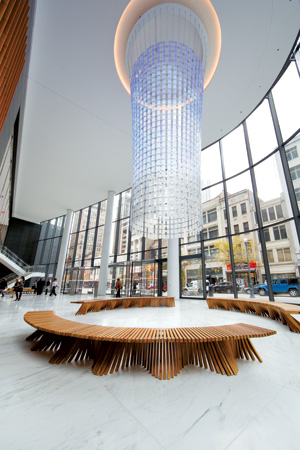
Photography courtesy of Tom Cwenar
In striving to create the greenest office tower in the world, PNC, Gensler and their partners constructed a building that was designed to surpass LEED Platinum certification. In addition to a sophisticated double-skin façade that maximizes ventilation for heating and cooling and increases access to fresh air and natural light, The Tower at PNC Plaza operates highly-efficient water-based heating (radiant) panels and cooling (chilled beam) systems for supplemental temperature control. Not only do these strategies enable The Tower at PNC Plaza to consume up to 50 percent less energy than benchmark buildings of its size, but the high-rise also bathes more than 90 percent of its workspace in natural light.
To learn more about how Vitro Glass products make buildings such as The Tower at PNC Plaza more beautiful and sustainable, visit http://www.vitroglazings.com or call 1-855-VTRO-GLS (887-6457).
AT A GLANCE
Owner: PNC Financial Corporation; Pittsburgh
Architect: Gensler; Pittsburgh/San Francisco
Glass Fabricator: J.E. Berkowitz; Pedricktown, New Jersey
Glazing Contractor: Permasteelisa Group; Windsor, Connecticut
Vitro Glass Products: Sungate® 400 Passive, Low-E Glass; Starphire Ultra-Clear® Glass

